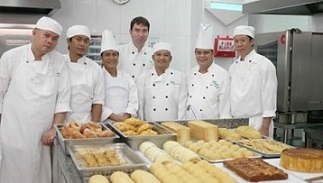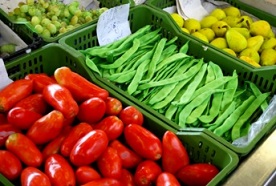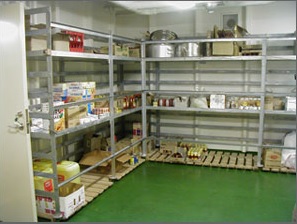
Ships Catering department
Chief Cook is responsible for using company resources to produce quality meals for all officers & crew.
At the same time, he is expected to remain within the allocated budget. Therefore, it is essential to set up and follow precise food control and administrative procedures that will enable the chief cook to make the best use of the available resources.





